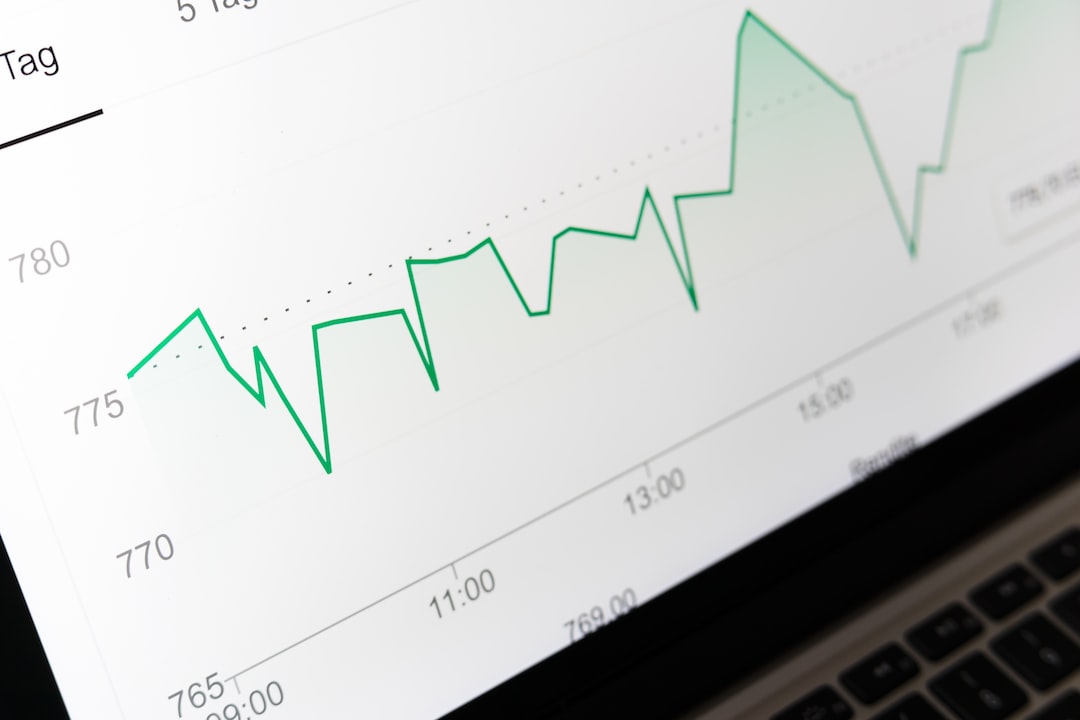Tick data is an essential component of the foreign exchange (forex) market. It refers to the data that is generated by the exchange of financial instruments in the forex market. The data is generated in terms of ticks, which represent the smallest possible movement in the price of a financial instrument. In the forex market, ticks are generated by the exchange of currency pairs.
The formatting of tick data is critical because it determines how the data is analyzed and interpreted. In the forex market, tick data is formatted in a specific way to ensure accuracy and consistency. The formatting of tick data involves several components, which include the date and time of the tick, the bid and ask price, and the volume of the trade.
Date and Time of the Tick
The date and time of the tick are essential components of tick data because they provide a reference point for analyzing the data. The date and time of the tick are usually recorded in Coordinated Universal Time (UTC), which is a global standard time. UTC is used to ensure that the data is consistent across different time zones. The date and time of the tick are usually recorded in milliseconds, which provides a high level of accuracy.
Bid and Ask Price
The bid and ask price are the prices at which buyers and sellers are willing to trade a financial instrument. In the forex market, currency pairs are quoted in terms of bid and ask prices. The bid price is the price at which buyers are willing to buy a currency pair, while the ask price is the price at which sellers are willing to sell the currency pair. The bid and ask prices are usually recorded in decimal format with four or five decimal places, depending on the currency pair.
Volume of the Trade
The volume of the trade is the number of units of a financial instrument that are exchanged in a single trade. In the forex market, the volume of the trade is usually recorded in lots. A lot is a standard unit of measurement in the forex market, and it represents a specific amount of currency. The volume of the trade is an essential component of tick data because it provides information about the liquidity of the market and the level of trading activity.
Tick Data Collection and Storage
The collection and storage of tick data are critical because it determines the accuracy and reliability of the data. Tick data is usually collected and stored in real-time by forex brokers and other market participants. The data is collected using specialized software that is designed to capture ticks as they occur in the market. The software is usually connected to the broker’s trading platform, which provides access to real-time market data.
Once the tick data is collected, it is stored in a database for further analysis. The database is usually designed to handle large volumes of data and is optimized for fast data retrieval. The database can be accessed using specialized software that is designed for tick data analysis.
Tick Data Analysis
Tick data analysis is a critical component of forex trading because it provides insights into the behavior of the market. Tick data analysis involves the use of statistical methods to identify patterns and trends in the data. The analysis can be used to develop trading strategies and to make informed trading decisions.
Tick data analysis is usually performed using specialized software that is designed for this purpose. The software can perform complex calculations and generate charts and graphs to visualize the data. The software can also perform backtesting, which involves testing trading strategies using historical tick data.
In conclusion, tick data is an essential component of the forex market. The formatting of tick data is critical because it determines how the data is analyzed and interpreted. The formatting of tick data involves several components, including the date and time of the tick, the bid and ask price, and the volume of the trade. Tick data is collected and stored in real-time by forex brokers and other market participants. The data is analyzed using specialized software that is designed for tick data analysis. Tick data analysis provides insights into the behavior of the market and can be used to develop trading strategies and make informed trading decisions.






